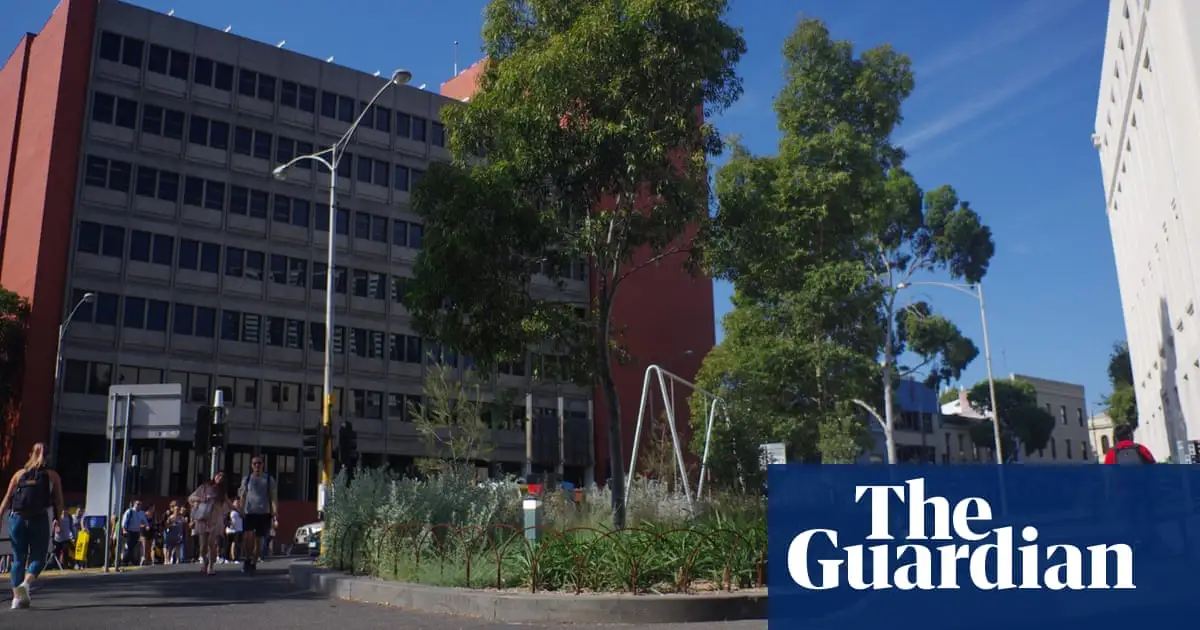cross-posted from: https://lemmy.world/post/3986499
The benefits of urban greening initiatives are increasingly well documented: they can help mitigate the effects of urban heating, and improve physical health and mental wellbeing. And even small greening actions in cities can significantly improve local biodiversity, new research suggests.
Increasing the diversity of native plants in a single urban green space resulted in a sevenfold increase in the number of insect species after three years, Australian researchers have found.
This is the best summary I could come up with:
“These are two key groups that provide a really good ecological signal that the trophic network and all the proper interactions are happening at the site,” Mata said.
The researchers concluded that the study contributed a “critical evidence base to support future greening projects and the practice, policy and decision-making for protecting nature in urban environments”.
“We really need to do a better job valuing small, isolated green spaces,” said Prof Dieter Hochuli of the University of Sydney, who was not involved in the study.
“The size of the area being studied is what many would typically claim doesn’t really serve as great habitat for things, and isn’t contributing much to biodiversity and its management.
“Small-scale greening can be highly beneficial to invertebrate communities, which in time can support higher order taxa like birds,” said Dr Caragh Threlfall of Macquarie University, who was not involved in the study.
Increasing access to green and blue spaces and ensuring biodiversity-inclusive urban planning was agreed as one of the targets of the Cop15 summit last year.
The original article contains 650 words, the summary contains 173 words. Saved 73%. I’m a bot and I’m open source!



